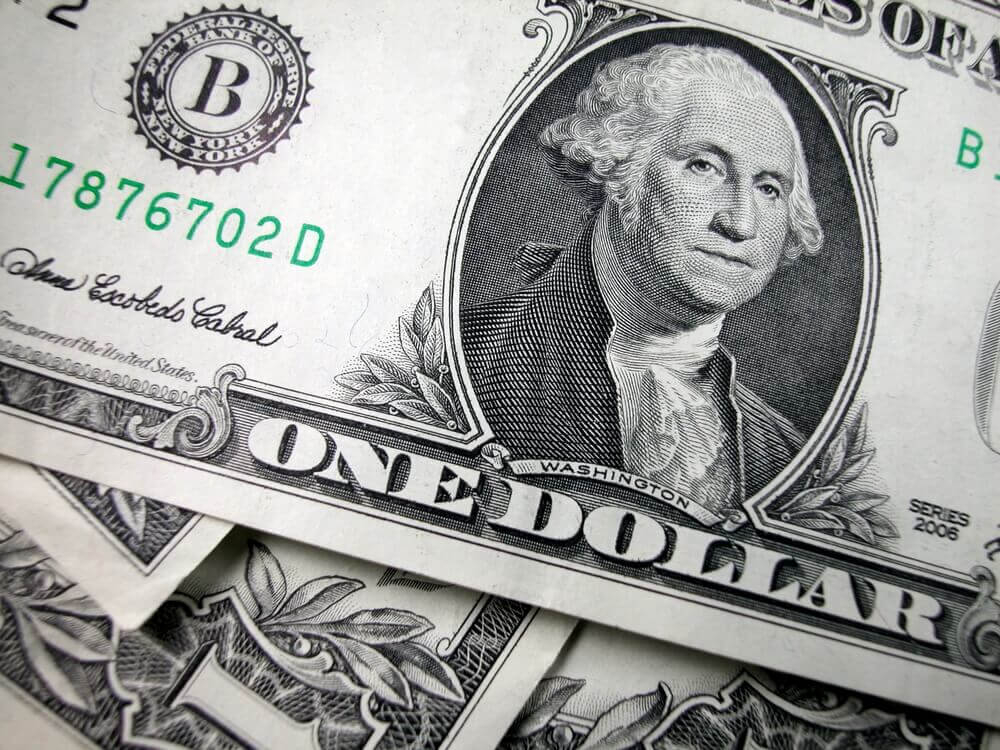
Dollar Up as COVID-19 Cases Rise Again
The U.S. dollar is back in demand as investors returned to safe-haven amid the rising number of COVID-19 cases. Economic damage in Europe also began to manifest as the USD reversed its losses in Asian forex on Wednesday.
The New York state and the U.K. announced their highest daily death toll overnight. This followed after the decrease in the number of cases at the start of the week.
Governor Andrew Cuomo of New York reported at least 5,489 deaths in the state. He said behind every one of those numbers is an individual.
There is a lot of pain in New York today, he added.
This actually came as a disappointment as New York already had two days of slowing infection rates and fewer deaths.
Ray Attrill, head of FX strategy at NAB, said Risk aversion and the U.S. dollar are going hand in hand. He said improvement has been based on less-bad statistics coming out of various parts of the world.
But our view is that FX markets are going to remain choppy. We can’t expect to have an uninterrupted flow of singularly good or singularly bad news, he added.
The U.S. Dollar Index stood at 100.345, up 0.4%, while EUR/USD fell 0.3% to 1.0857. Moreover, GBP/USD dropped 0.3% to 1.2300 and USD/JPY climbed 0.1% to 108.81.
Need for Aid Becomes More Apparent with Every Passing Day
While the dollar goes up again with the flocking to safe havens, the euro weakens. The euro is falling as Eurozone finance ministers struggle to reach an agreement.
This is concerning how to assist ailing member states hit by the coronavirus.
The sticking point appears to be the issuance of common debt instruments in financing a coronavirus-related spending. These are commonly known as corona bonds which France, Italy, and Spain, in particular, are pushing for.
On the other hand, Germany, the Netherlands, Austria, and Finland are against corona bonds.
The Bank of France estimated on Wednesday that the country’s economy contracted 6% in the first quarter. This is due to the lockdown measures put in place to combat the pandemic.
That 6% would be the biggest contraction on a quarterly basis since World War II.
In forex news, reports said Italy may not reopen schools before September. These measures aren’t likely to end soon.
While the virus’ curve is flattening, said Joe Capurso, Commonwealth Bank of Australia currency analyst, the economic damage and effects of the corona crisis will linger for years.
He said economies will take time to re-open, some businesses will not re-open, and unemployment will take years to recover. We think that means the dollar and yen will re-strengthen he added.




